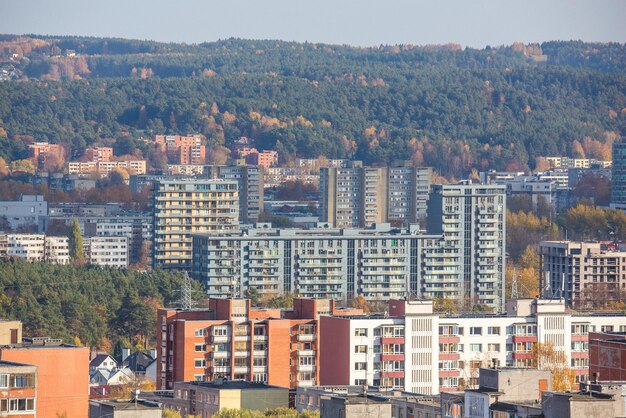Navigating the Boston Housing Authority: Your Guide to Affordable Living in Boston
Amidst the historic charm and vibrant culture of Boston, finding affordable housing can be challenging. Enter the Boston Housing Authority (BHA), a breath of fresh air for those in need of affordable housing solutions in the city. This government agency is integral to providing accessible housing options to low and moderate-income families. Navigating its offerings can be a pivotal step toward securing a stable living situation.
Understanding the Boston Housing Authority
BHA is one of the largest public housing authorities in New England. It aims to bridge the housing gap for thousands of Bostonians, managing numerous housing units and distributing federal and state housing vouchers. With a variety of programs tailored to different needs, BHA supports families, seniors, and individuals with disabilities.
Key Services Offered by BHA
- Public Housing: BHA manages a portfolio of developments scattered across Boston, offering units with regulated rent based on household income.
- Section 8 Housing Choice Vouchers: These vouchers empower families to rent affordable housing in the private market while the government subsidizes a portion of the rent.
- Moderate Rehabilitation Program: This program renovates and maintains existing housing stock to make them accessible and affordable, ensuring sustainable living environments.
Expanding Horizons with Government Aid Programs
While the BHA provides foundational support through its housing programs, many may find themselves needing additional assistance. Government aid programs offer a multitude of financial relief options. Here’s a look at some alternatives to help ease the financial burden:
- Low-Income Home Energy Assistance Program (LIHEAP): Alleviate the stress of heating bills during the frigid Boston winters.
- Supplemental Nutrition Assistance Program (SNAP): Ensure that putting food on the table doesn't become a financial heartache.
- Temporary Assistance for Needy Families (TANF): A short-term solution that helps families regain their financial footing.
Beyond Housing: Exploring Financial Assistance and Education Opportunities
Often, the roots of housing insecurity extend beyond sheer affordability. Breaking the cycle may involve leveraging financial assistance and educational programs designed to uplift individuals from precarious economic situations.
- Debt Relief Options: Explore solutions to manage overwhelming debts, such as consolidation loans and repayment plans.
- Credit Counseling Services: A professional can guide you through improving your credit score, crucial for securing better housing options.
- Educational Grants: Programs like Pell Grants and state-specific scholarships can aid in gaining a degree or skill, potentially leading to a higher-paying job.
Making Informed Decisions
Embarking on this journey requires careful planning and a deep understanding of available resources. Whether through BHA’s housing programs, financial support, or education grants, knowing your options can transform uncertainty into opportunity.
Financial and Educational Resource Highlights
- 🏠 Boston Housing Authority Programs: Affordable living options and housing vouchers.
- 💡 LIHEAP: Assistance with home energy costs.
- 🍽️ SNAP: Nutritional support for low-income households.
- 👩🎓 Educational Grants: Opportunities for higher education funding.
- 💳 Credit Counseling: Professional guidance to improve financial health.
- 💼 Debt Relief Solutions: Manage and reduce debt stress.
Every individual deserves a place to call home—explore these resources as the first step toward a more secure and prosperous future in Boston.
